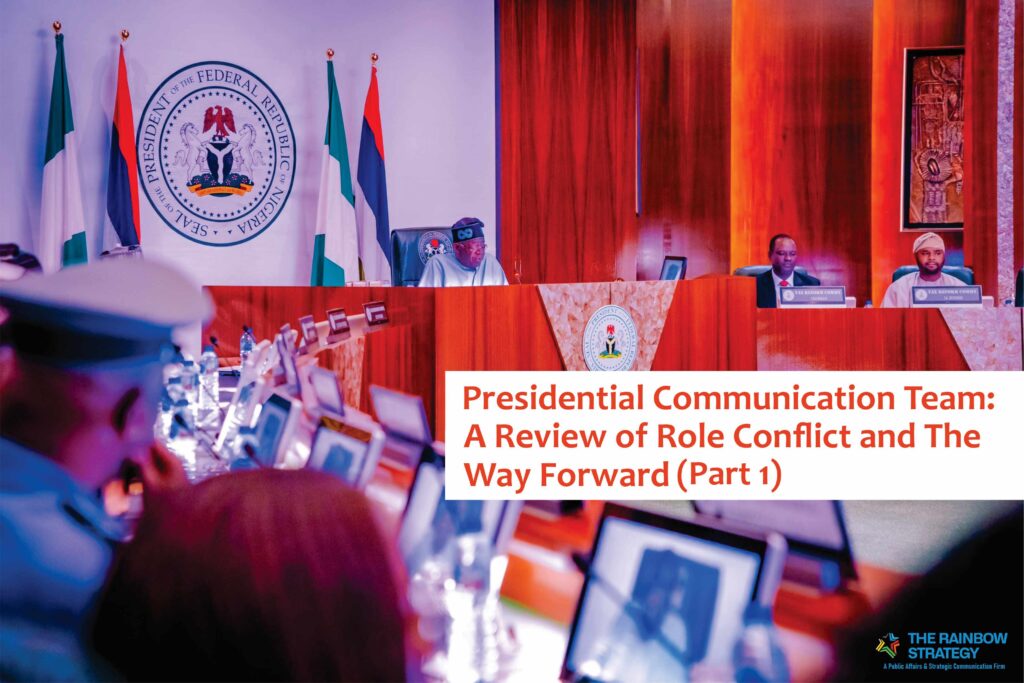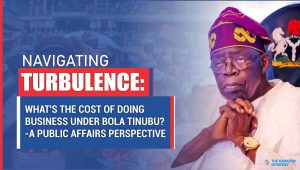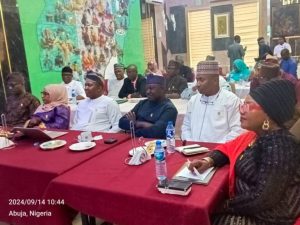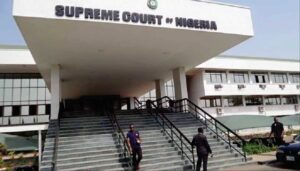In Nigeria, media reports highlight a recent conflict between two senior advisers in President Bola Tinubu’s communication team, centring on contradictory statements regarding the President’s engagements. On May 28, 2024, the special adviser on information and strategy to the president announced that President Tinubu would address a joint session of the National Assembly to commemorate his first anniversary in office and 25 years of Nigeria’s democratic journey—this statement aligned with earlier remarks by the clerk of the National Assembly, indicating the same plan.
However, the presidential spokesman and special adviser on media & publicity quickly countered the information and strategy adviser’s statement, labelling it as “false and unauthorised.” The spokesman stated that the Office of the President was not involved in planning the event and that President Tinubu was focused on inaugurating strategic projects across the country as part of his commitment to good governance. Even though, the president eventually addressed a National Assembly joint session and signed the new national anthem into law the same day.
This public disagreement highlights a lack of coordination and communication within President Tinubu’s communication team.
Presently, Nigeria operates the American Presidential System of Government with a bicameral legislature and the separation of powers among the three arms of government to ensure necessary checks and balances.
In this two-part analysis, we will use the structure of the communication team of the President of the United States of America as a framework. This comparative approach will help to highlight the potential areas of conflict and how they might be addressed by adopting a more streamlined and clearly defined communication structure.
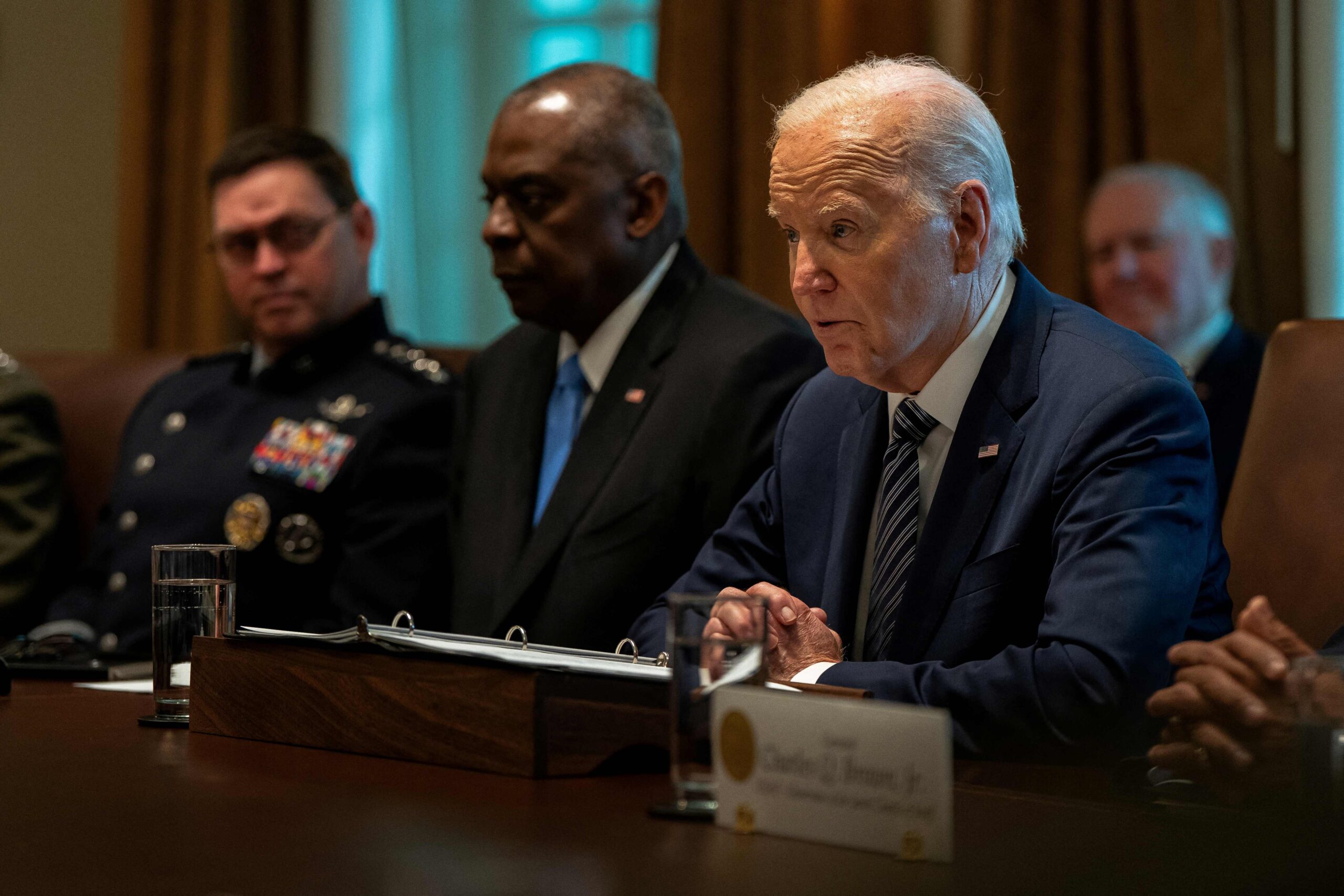
Structure of the Communication Team of the President of the United States
- Press Secretary
The Press Secretary is the primary spokesperson for the administration, dealing directly with the media, and providing updates and clarifications on the President’s policies and activities.
- Communications Director
The Communications Director oversees the messaging strategy for the President and the administration. They coordinate the communication efforts across various platforms and ensure consistency in messaging.
- Senior Adviser for Communications
This role can include broader strategic communication responsibilities, often influencing policy messaging and liaising with other senior officials to align on communication strategies.
- Social Media Director
The Social Media Director manages the President’s presence on social media platforms, ensuring digital communication aligns with the overall strategy.
- Speechwriters
They craft speeches and statements for the President, ensuring that the President’s voice is consistently and effectively conveyed.
Role Conflict in Nigeria
In Nigeria, the roles of the Presidential Spokesman and Special Adviser on Media & Publicity and the Special Adviser on Information and Strategy might overlap in several areas:
- Media Relations
Both advisers could be interacting with the media, leading to potential conflicts over who should handle specific media inquiries and briefings.
- Messaging Strategy
While the Special Adviser on Information and Strategy might focus on broader strategic communication, the Presidential Spokesman could be more involved in day-to-day media interactions. However, without clear delineation, their roles can overlap significantly.
- Consistency in Communication:
If both advisers issue statements or briefings without coordination, there could be inconsistencies in the administration’s messaging.
Potential Role Conflict Scenarios
- Conflicting Statements
If the Presidential Spokesman makes a statement that contradicts the broader strategy outlined by the Special Adviser on Information and Strategy, it would confuse and diminish the administration’s credibility.
- Overlapping Responsibilities
Both advisers might feel responsible for certain tasks, such as crisis communication or major policy announcements, leading to duplication of efforts or internal competition.
- Resource Allocation
There might be conflicts over the use of resources like staff, time, and access to the President, which can hamper the effectiveness of the communication team.
Managing Role Conflict
To manage these potential conflicts, a clear delineation of responsibilities is crucial.
Recommended strategies
- Clear Job Descriptions
Define the specific roles and responsibilities of each adviser to avoid overlap. For instance, the Presidential Spokesman could focus on daily media relations and immediate press needs, and the Special Adviser on Information and Strategy would handle long-term communication strategies and policy messaging.
- Regular Coordination Meetings
Schedule regular meetings between the two advisers to align on messaging, share updates, and coordinate their activities.
- Unified Communication Strategy
Develop a unified communication strategy that outlines the key messages and themes, ensuring both advisers are on the same page and working towards common goals.
- Crisis Communication Protocols
Establish clear protocols for crisis communication, specifying who takes the lead in different situations.
- Hierarchy and Reporting Line
Clarify the hierarchy and reporting lines within the communication team. This could involve one adviser reporting to the other or reporting to a higher authority like the Chief of Staff.
By drawing parallels with the structured communication team of the U.S. President and implementing these strategies, the Tinubu administration can mitigate role conflicts and enhance the effectiveness of its communication efforts.
In conclusion, part 2 of this analysis will focus on the professional skills, qualifications and experiences required to play effective roles in the presidential communication team.


